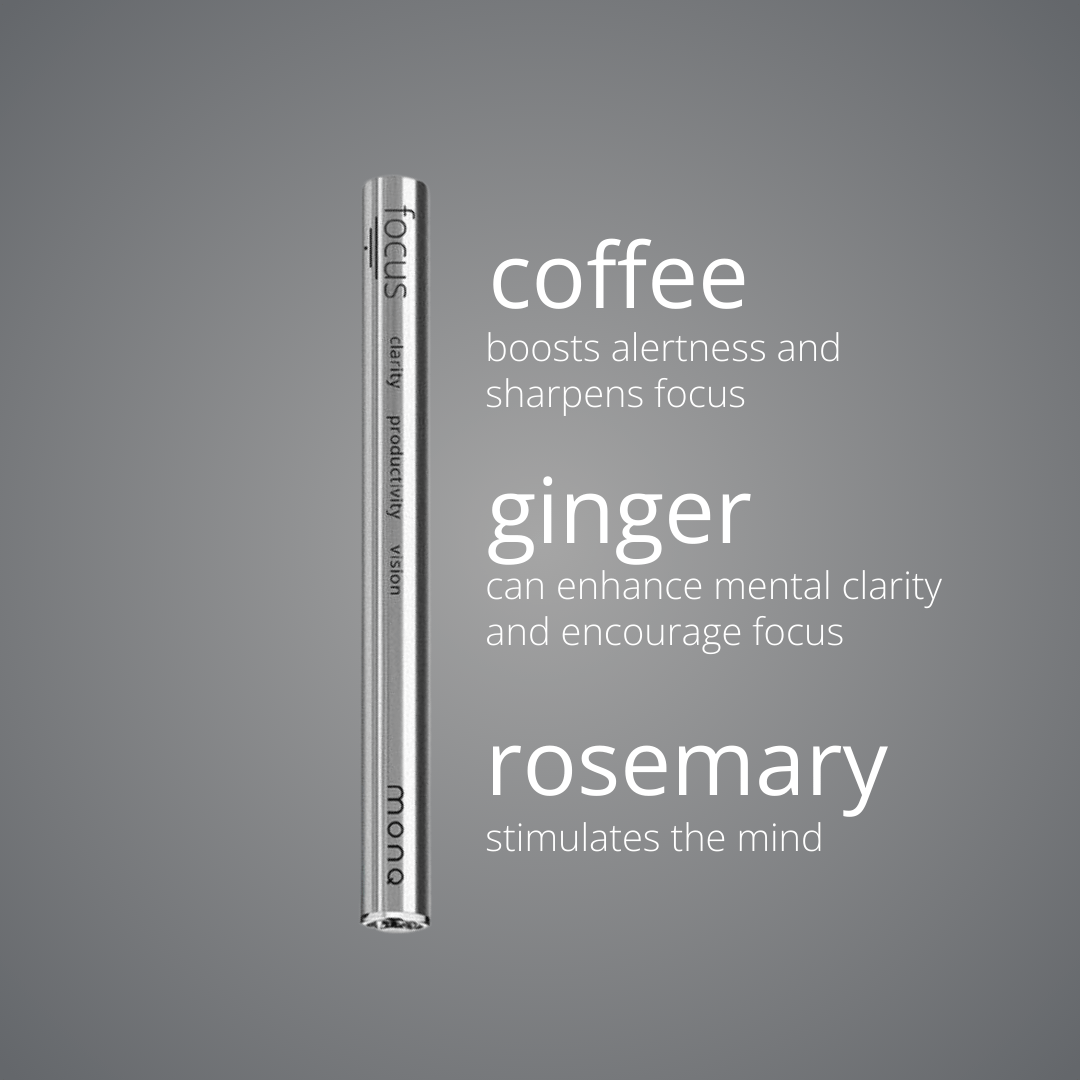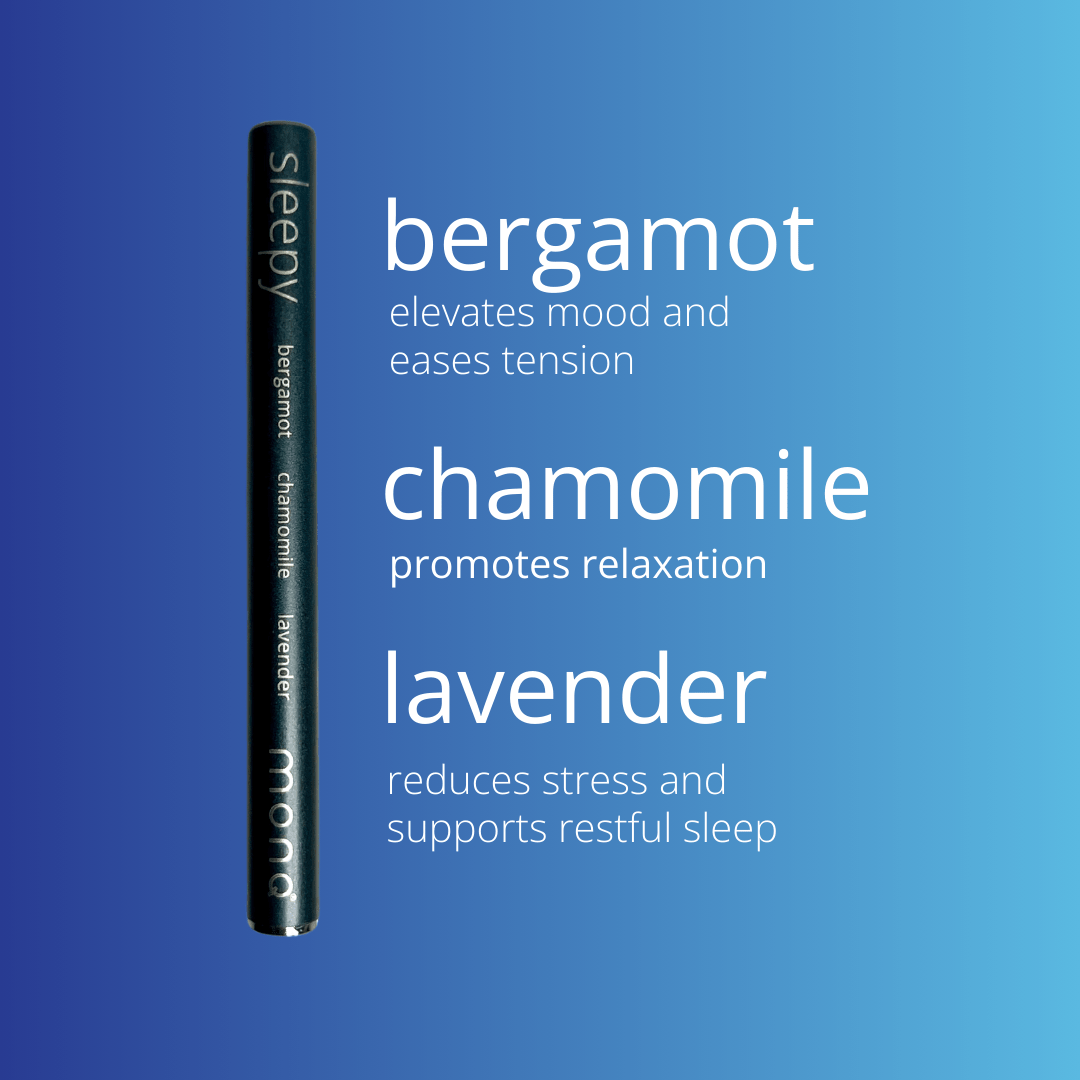How to Improve Your Yoga Practice Through Breathing Techniques
If you think that yoga is just about stretching, then you’re missing out on a lot! In the practice of yoga, there are many things to think about, including how you breathe. In traditional yoga practice, breathing techniques are called Pranayama, and learning how to breathe properly is one of the cornerstones of doing yoga.
Breathing correctly is a valuable thing to do because it helps to improve your focus and clear your mind. In addition, focusing on your breathing helps you to improve your posture and to be more mindful about your body and your movement. You can take a lot of what you learn in your yoga practice and apply it in your day to day life.
The Benefits of Proper Breathing
Breathing is essential to sustain life. We can live for weeks (or even months) without food and potentially a couple of days without water, but if we have our air supply cut off, we will die very quickly. Breathing supplies our blood with oxygen, which powers so many metabolic processes. The more effective our breathing, the better we will feel.
Researchers have found evidence that yogic breathing can help to reduce inflammation and stress.1Practicing rhythmic breathing for as little as one minute per day can offer benefits. Breathe in for two seconds, hold your breath for eight seconds, then breathe out for four seconds, then repeat. This is a great form of relaxation, with proven benefits.
Another study found that people who practice diaphragmatic breathing benefit from reduced stress levels and an improved attention span.2 The practice helps to improve mental function and can benefit the body as well.
Diaphragmatic Breathing
At the core of yoga, pranayama is the idea of breathing through your diaphragm. Many children do this intuitively, but adults tend to forget how to do this and breathe only with the top part of their lungs. This is partly due to poor posture. Learning how to take a deep breath, using the diaphragm fully, can take some practice. Typically, yoga instructors will start a beginner off by having them sit cross-legged, with an upright posture, and take deep abdominal breaths.
Then they will move on to do a three-part breath, filling the belly, the lower chest, and the upper chest, then exhaling slowly. Both the inhale and the exhale are important for proper breathing. Another helpful technique is to practice breathing slowly through alternate nostrils. Throughout all of these, focus on feeling the breath, and thinking about the breath (or thinking about nothing). Use it as a chance to practice mindfulness, rather than letting your mind ruminate over your day’s chores.
These practices may seem alien if you are used to yoga being just about stretching, but they are useful. They can be practiced alone as a routine when you have a spare few minutes in the day, or they can be done at the beginning or end of a more rounded physical practice.
Work With a Trained Teacher
Yogic breathing is something that the academic community is starting to appreciate, but there are still many more clinical trials, tests, and reviews required before the practice could be considered to be fully understood by science. In general, researchers accept that the practice can be considered to be safe for a healthy person to try. However, as with any other form of yoga, it is a good idea to learn the breathing techniques under the watchful eye of a qualified teacher.3 You will get more out of the practice if you learn the postures, thought processes and breathing techniques at the same time.
Pranayama and Philosophy
Many Westerners who practice yoga do so for physical exercises but do not consider the philosophical nature of traditional yoga. If you were to take a beginner’s class in hatha yoga, for example, you might learn a few poses and some simple pranayama, but you may not learn much about the thought processes that the original yogis adhered to. It is thought that the benefits of yoga come from a combination of physical and mental health improvements, which are brought on by the down-regulation of the HPA (hypothalamic pituitary adrenal) axis. Essentially, yoga is a holistic method of preventing stress and stress-related disorders, if you follow the whole package and adopt some of the philosophies, as well as trying the asana and the pranayama.4
Yoga Should Not Be Painful or Distressing
Yoga is a practice that is intended to quiet your mind, reduce stress, and provide a sense of wellbeing. It should not be painful, and it should not cause distress. If a stretch hurts, ease up on it. If you feel dizzy, light-headed or otherwise not quite right while trying a breathing exercise, sit or lay down and return to breathing normally. Try not to hyperventilate.
If you are a beginner, then trying Ashtanga or another simple hatha style is a good idea. Avoid Bikram hot yoga until you are confident that you are experienced and fit enough to handle very high temperatures, and even then make sure you re cleared by your doctor first.
Be realistic in your expectations of what yoga can provide. Yes, studies show that yoga can help with many conditions, but not all. A 2011 review of clinical studies found, for example, that there is no clear evidence that asthma symptoms can be improved through pranayama.5 There are some kinds of back pain, however, that can be reduced through the practice.
Learning effective breathing techniques will help you to get more out of each session, and the techniques can be applied outside of yoga too. Within your yoga practice, good breathing will keep you relaxed and make it easier for you to focus on the flow. When your yoga class ends, you can still use the breathing to help you stay calm under stress and to clear your mind when you need to focus more intently.









Leave a comment